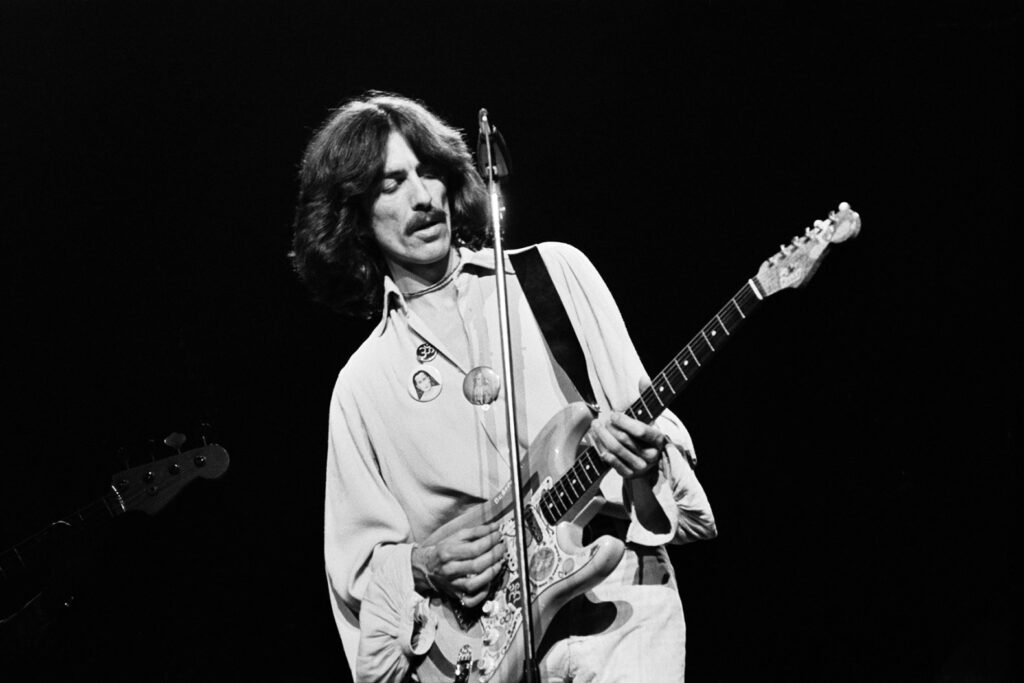Dance summer camps offer a unique blend of physical activity, creativity, and social interaction, making them an ideal option for children, teenagers, and even adults during the summer months. Unlike traditional summer camps that focus on general activities, a dance summer camp provides participants with the opportunity to focus intensively on various forms of dance while also enjoying the many benefits of a camp environment. Whether the goal is to refine skills or simply have fun, these camps offer something for everyone, regardless of age or experience level.
Why Choose Dance Summer Camp?
Physical Fitness and Health Benefits
One of the major benefits of a dance summer camp is the improvement of physical fitness. Dance is an excellent form of exercise that enhances cardiovascular health, muscle strength, flexibility, and coordination. Through a variety of dance styles such as ballet, jazz, hip-hop, contemporary, or even tap, participants can get a full-body workout. Unlike traditional exercises, dancing makes physical activity enjoyable, which encourages campers to stay active without feeling like they’re engaging in a chore. The repetitive movements and rhythm can also improve stamina and endurance, which are essential in leading a healthy lifestyle.
Boosting Creativity and Confidence
Dance allows participants to express themselves creatively. At a summer dance camp, campers have the chance to choreograph their own routines, experiment with new styles, and explore their artistic side. This creative freedom often leads to increased self-confidence, as participants feel more comfortable expressing themselves both physically and emotionally. The act of learning and mastering dance moves builds self-assurance, especially when they perform in front of their peers or at end-of-camp performances, which are common features of these programs.
Skill Development for All Levels
Whether a camper is an experienced dancer or just starting out, dance summer camps offer programs tailored to different skill levels. Beginners can learn the basics in a non-judgmental, supportive environment, while advanced dancers can work on refining their techniques and learning new styles. Most camps employ experienced dance instructors who not only teach proper technique but also emphasize the importance of discipline, focus, and dedication. By the end of camp, participants will have improved their skills, learned new choreography, and gained a deeper understanding of dance as an art form.
Social Interaction and Teamwork
Summer dance camps are a great place to meet new people and build friendships. Dance is often a group activity that requires teamwork, synchronization, and cooperation. Whether practicing routines in small groups or large ensembles, campers quickly learn the importance of working together toward a common goal. The shared experience of learning and performing builds camaraderie and often leads to lasting friendships. Moreover, the social aspect of the camp helps participants develop better communication skills, as they must collaborate with their fellow dancers, instructors, and choreographers.
A Typical Day at Dance Summer Camp
Each day at a dance summer camp is structured to balance intense dance training with fun activities, ensuring that participants get the most out of their experience without feeling overwhelmed. Here’s a breakdown of what a typical day might look like:
Morning Warm-Up and Stretching
The day often starts with a warm-up session that includes stretching exercises. This helps prepare the body for the physical demands of the day and reduces the risk of injury. Warm-ups might include basic cardio exercises, yoga, or Pilates, all designed to increase flexibility and endurance.
Dance Classes
After warming up, campers typically attend a variety of dance classes throughout the day. These classes may focus on different styles of dance, such as ballet, jazz, contemporary, or hip-hop. Campers rotate through different instructors, each offering their own expertise and teaching methods. These classes help to diversify the campers’ dance skills and expose them to new techniques and genres they may not have encountered before.
Choreography Sessions
In addition to learning set routines, many dance camps also offer choreography sessions where campers are encouraged to create their own dances. These sessions allow for creative expression and often culminate in a performance at the end of camp. Working on choreography fosters both individual creativity and group collaboration, as campers might work together on group routines.
Breaks and Leisure Time
Just like any other camp, dance summer camps understand the importance of relaxation and downtime. Throughout the day, there are scheduled breaks where campers can socialize, eat lunch, or simply unwind. Many camps offer recreational activities such as swimming, arts and crafts, or games to give participants a break from dancing and keep the experience fun and balanced.
Performance Preparation
A major highlight of many dance summer camps is the final performance, where campers showcase what they’ve learned throughout the program. In the days leading up to the performance, rehearsals are a big part of the daily schedule. These rehearsals are a chance for campers to refine their routines, polish their moves, and practice their stage presence. Performing in front of an audience helps to build confidence and gives participants a tangible goal to work toward.
Evening Social Events
Some dance summer camps extend into the evening, offering social events such as talent shows, movie nights, or themed parties. These events provide additional opportunities for campers to bond and have fun in a non-dance setting, creating a well-rounded camp experience.
Dance Styles Offered
Most dance summer camps offer a wide range of dance styles to cater to the diverse interests of the participants. Common dance styles that might be offered include:
Ballet: Focusing on technique, grace, and discipline, ballet is often the foundation of many dance programs. It helps improve balance, posture, and flexibility.
Jazz: Known for its energetic and upbeat movements, jazz dance combines traditional and modern techniques and often incorporates elements of improvisation.
Hip-Hop: Popular among younger campers, hip-hop emphasizes rhythm, freestyle movements, and urban culture. It’s often fast-paced and encourages creativity.
Contemporary: A fusion of ballet, jazz, and modern dance, contemporary is highly expressive and allows dancers to focus on storytelling through movement.
Tap: Tap dancing is all about rhythm and timing, where dancers use their feet as instruments. It’s a fun and challenging style that requires coordination and precision.
Choosing the Right Dance Summer Camp
When selecting a dance summer camp, it’s important to consider a few key factors to ensure a rewarding experience:
Age Group and Skill Level: Choose a camp that caters to the participant’s age and skill level. Some camps are designed for beginners, while others cater to advanced dancers.
Duration and Location: Camps can range from a few days to several weeks, so choose one that fits your schedule. Location is also a factor; residential camps require staying overnight, while day camps allow campers to return home at the end of the day.
Instructor Expertise: Ensure that the camp has experienced and qualified instructors who are knowledgeable in different styles of dance.
A dance summer camp is an enriching and exciting way to spend the summer, offering participants the chance to improve their dance skills, enhance physical fitness, and build lasting friendships. With a combination of structured learning and fun activities, these camps provide a well-rounded experience that can benefit individuals of all ages and skill levels. Whether for personal growth, professional development, or pure enjoyment, attending a dance summer camp is an opportunity that brings lasting memories and skills.







